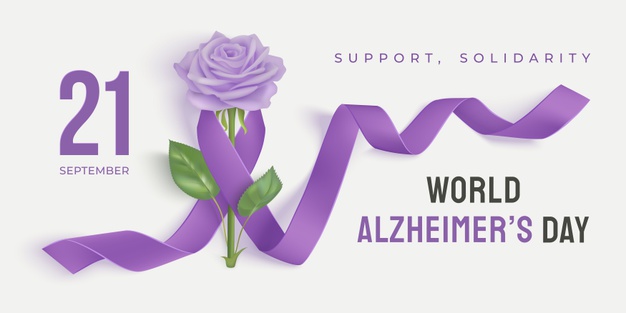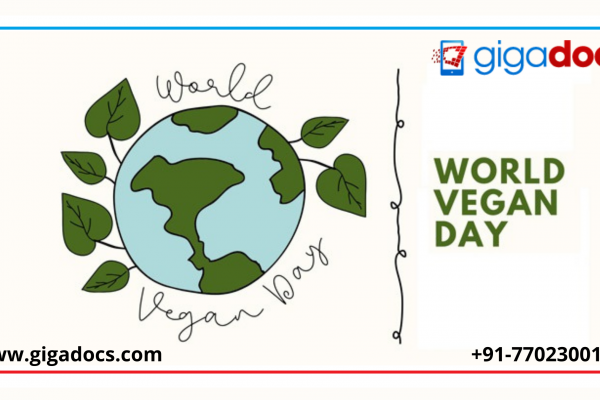The novel coronavirus COVID-19 has caused a stir on each one of our lives, bringing uncertainty, psychological stress, health anxiety, social distancing, quarantines, and financial stress with income and savings on a backburner. The coronavirus COVID-19 virus started spreading worldwide since December 2019 sickening millions, locking down countries causing uncertainty anxiousness and global dissemination of panic and misinformation.
A team of researchers affiliated with CDDEP (The Centre for Disease Dynamics Economics & Policy), Johns Hopkins University and Princeton University have collaborated on the COVID-19 projections and updates for India with evidence-based research and recommendations. The analysis shared focus to assist the Indian authorities, citizens to restrict the spread of Coronavirus around the world.
The COVID-19 projections are based on evidence from the IndiaSIM Model, a model of the Indian population, fit to available data from China and Italy. The force of the pandemic, gender and age-specific infection and fatality rates are the key parameters which were taken into study.
The projections also examine the potential for seasonality, a key indicator since most respiratory infections decline in the summer, however, no evidence is available for a magnitude of this effect the projections ascertain the potential for the virus to continue its rapid spread in the summer months.
The projections are based on three scenarios, High, Medium and Low. Let’s discuss these below-
- High– This model is based on the current lockdowns but non-compliance to physical distancing.
- Medium– This trajectory assumes moderate adherence to full compliance with no change in temperature, humidity or sensitivity.
- Low– This is an optimistic scenario with decreased severity to the pandemic.
The Projections
- Community transmission in India may start most likely in early March.
- India must focus on state or local containment rather than National containment.
- By July 2020, COVID-19 will affect 300-400 million Indians. Most of these cases reported will be of mild intensity, while the peak cases will emerge between April-May 2020 which will be the peak of contagion spread, with approximately 100 million cases reported during this period. Out of these severe cases will be 10 million cases with approximately 2-4 million of those requiring hospitalization.
- The study marks that social distancing may reduce this peak load by approximately 75%. This projection is based on the fact that social distancing is difficult to implement in India.
- These projections also consider hospital outbreaks, this may happen through the admission of infected patients and contagion spread to the medical practitioners. To curb this, there is an urgent need to provide temporary specialised medical facilities over the next three months. The projections also point to the fact that hospital induced transmission could add to the epidemic spread.
Recommendations-
Social distancing
- The projection recommends social distancing to be strictly followed specially by the elderly population. Senior Citizens above 65 years must follow social isolation while other age groups must follow social distancing.
- For the elderly, the study models three weeks of complete isolation. The longer this period, the more probability of delaying these infections into the post-July period.
- The projections assume a high compliance rate over the non-elderly to contain the peak.
Testing
Testing is essential for identifying COVID-19 cases, especially in the elderly and the under-five pop age group. The administration must focus on preventing local hotspots of transmission, separating patients in healthcare facilities to keep infected and uninfected patients apart and track the course of the epidemic.
- The administration should start testing anyone with flu-like symptoms who approach the healthcare system to ensure that COVID-19 cases do not mix with the general hospitalized population.
- Expand testing to private labs immediately. Facilitate at-home testing for anyone over the age of 60 who report these symptoms. This could limit their exposure to healthcare facilities.
- The study recommends setting up of specialised well-trained lab technicians for testing. Currently, and in times when trained lab technicians are not available, Auxiliary nurse midwife’s must be trained on COVID-19 contagion spread.
Mitigation
- Current Intensive care and ventilator equipped bed capacity are inadequate with respect to the number of infections at the epidemic peak. The current capacity is estimated at 30-50K ventilators and about 70-100K ICU beds nationwide. Medical facilities expansion in needed immediately to an extent of 700,000 intensive care units and as many as one million ventilators to address the COVID-19 peak.
- Oxygen and non-invasive positive pressure ventilation (e.g CPAP) are inadequate outside of tier 1 metro hospitals.
- Given the high risk of contamination, it is important not to admit COVID-19 patients in the regular facilities.
- Given the significant peak of infections in the next 4-10 weeks and the likelihood of a recurrence in November/December, the administration must be ready for temporary treatment facilities across India, especially focused on areas where severe cases will peak by July.
- Mortality among healthcare workers is another cause of concern. Healthcare workers must be provided adequate personal protective equipment like masks and gowns to protect themselves and mitigate transmission.
Research
- Reliable data is important to analyse the aftermath and help authorities to prepare for the future. At this point, both inpatient and outpatient settings must check all cases of flu-like illness for COVID-19.
- Immediate and continuing state-level representatives, serological surveys are needed to monitor the stage of the COVID-19 pandemic.
- 1 or 2 centres in the country should be the designated research medical centres, catering to a larger number of COVID-19 patients. These specialised centres to be supported for more detailed and systematic data collection including understanding the clinical course of the pandemic in the Indian context considering viral shedding, and pediatric illness in the context of malnourished children.
The projections are made on the assumption that- no treatment options including no vaccination options will be developed within the next 12-month period.
Key Projection Summary for Policy Makers
- Delays in testing are significantly reducing the self-protect capability of the population. Self-precaution and self-protection are the most important way to contain COVID-19 pandemic. The potential detected cases will increase in the short term if testing is conducted over a significant number of population encouraging the masses to take social distancing more seriously which will reduce panic among the people.
- Inter-state and International border closures may have a little to no impact further adding to economic disruption, uncertainty and panic. As the pandemic progresses from the local transmission, the domestic transmission is now far more relevant than international transmission.
- The lockdown helps authorities to delay the spread and buy time in the present, to invest in preparedness like facilitating ventilators and building hospital capacity. The lockdown will not reduce the overall affected numbers greatly in the long-term. The national lockdown will lead to increase hunger, serious economic damage and reduce the population’s resilience to handle the COVID-19 infection at its peak.
- Continued regional lockdowns are likely needed as the epidemic will progress from the more populous states to less populated states. Some states may witness the transmission rates increasing only after another 2 weeks. Lockdowns should be optimized helping states to maximize the effect of the COVID-19 epidemic and minimize economic damage. Any delay in following strict lockdown may lead to severe fatalities.
- Guided testing and serological surveys must guide the state lockdowns. Serological surveys should be conducted to determine the severity of the epidemic.
- The country must prepare itself for a spike in caseload on a priority basis. The states must analyse their requirements for ventilators, oxygen-flow masks, tanks and bed capacity.
- The study considers changes in weather conditions with the onset of summers marked with an increase in temperature and humidity may help to contain the spread in the short run. However, with the increasing number of projections, an event that the pandemic will slow down must not be taken as an assumption.
- The study considers that senior citizens are most susceptible to get infected by COVID- 19. Of late children have not been severely affected. Given the proportion of malnourished children in the country, this situation must be monitored closely. Early testing and healthcare facilities should be planned on a priority to curb the spread of COVID-19 pandemic to the younger population.
We should be prepared for multiple peaks in the model projections anticipated in July and should be prepared for more cases and deaths later in the year.




